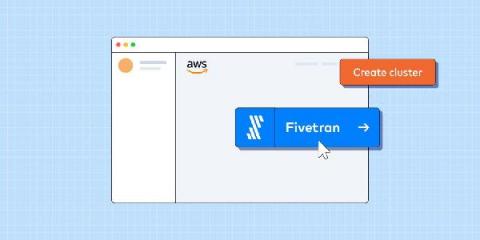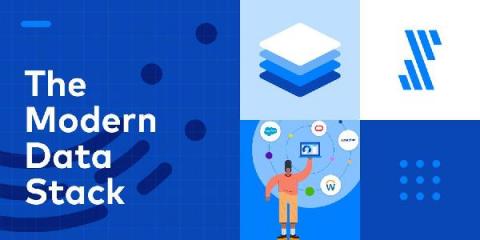Systems | Development | Analytics | API | Testing
%term
What You Need to Know About NetSuite
Cloudera Operational Database Replication in a Nutshell
In this previous blog post we provided a high-level overview of Cloudera Replication Plugin, explaining how it brings cross-platform replication with little configuration. In this post, we will cover how this plugin can be applied in CDP clusters and explain how the plugin enables strong authentication between systems which do not share mutual authentication trust.
4 Considerations When Building Your Government Data Strategy
If you’ve followed Cloudera for a while, you know we’ve long been singing the praises—or harping on the importance, depending on perspective—of a solid, standalone enterprise data strategy. While certainly not a new concept, Government missions are wholly dependent on real time access/analysis of data (wherever it may be (legacy data centers or public cloud) to render insight to support operational decisions.
How to Launch Fivetran Through the Amazon Redshift Console
Amazon Redshift supports native integration with Fivetran. Here’s how to set it up.
How to Build a Modern Data Stack From the Ground Up
A data architecture expert gives a crash course on moving analytics to the cloud — including a step-by-step plan to ensure success.
Staying Agile on VMs and Kubernetes With Service Mesh
Over the past ten years, Clubhouse and other innovative startups built software quickly. They started from scratch and blew past their incumbents. But the fact of the matter is that speed is no longer a differentiator. Everyone can move quickly. We’ve seen it as Facebook and Twitter quickly duplicated Clubhouse’s “innovative” functionality. Today, it’s all about agility—taking the momentum that you’ve already built up.
Android CI/CD with fastlane, Firebase App Distribution, and Bitrise
In this step-by-step guide, we will show you how to publish and distribute Android apps quickly and easily using fastlane, Firebase App Distribution, and Bitrise.
The Definitive Guide To Kubernetes Application Debugging
Often hailed as a game-changer, Kubernetes has altered the way that organizations deploy and manage their software, making the job of handling larger and more complex workloads easier. Yet, with its advantages of velocity and scale come new challenges, particularly in how developers approach debugging their code. The highly distributed nature of Kubernetes that makes it so effective for handling cloud-native software means that the traditional approaches to debugging are no longer applicable.
How to Visualize & Accelerate Digital Twins IoT Development
The Internet of Things (IoT) is changing the way we physically and digitally interact in the world. With the global IoT market projected to reach nearly $2 trillion by 2028, developers are looking for ways to take advantage of the increasing demand and gain a cutting edge. For many teams, IoT development combined with using digital twins for verification allows them to make better decisions during development and visually market their devices after launch. How?









